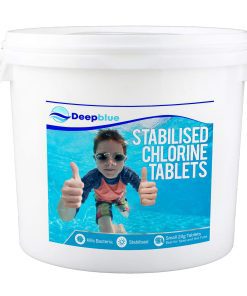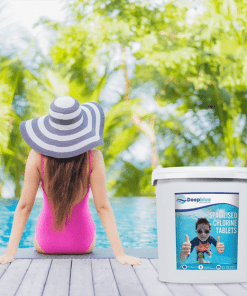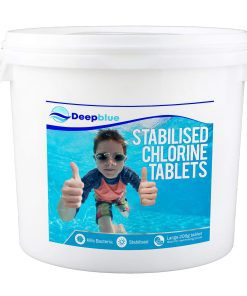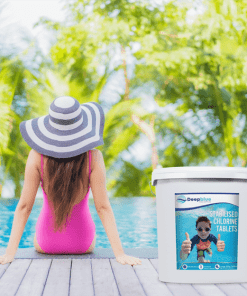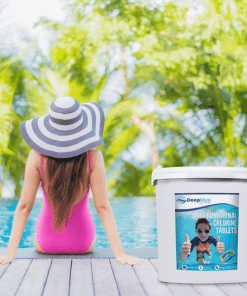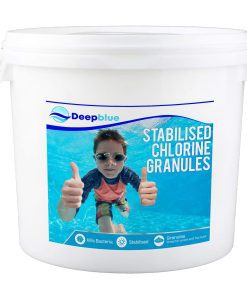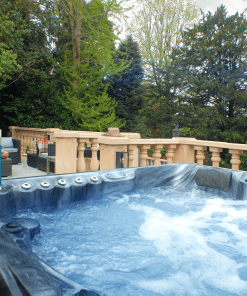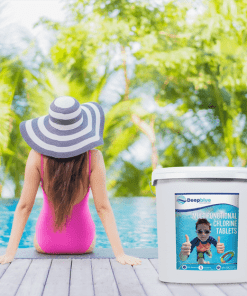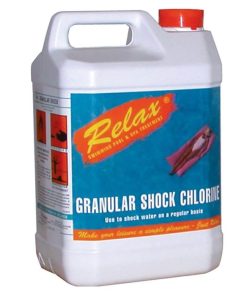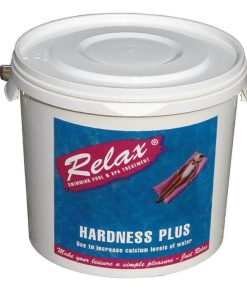Blogpool, Maintenance, Swimming Pools
Understanding Pool Filtration Systems: Types and Maintenance
A well-functioning filtration system is crucial for keeping your pool water clean and clear. This post will guide you through the different types of pool filtration systems, how they work, and maintenance tips to ensure optimal performance.
1. Types of Pool Filtration Systems
There are three main types of pool filtration systems: sand filters, cartridge filters, and diatomaceous earth (DE) filters. Each has its unique advantages.
- Sand Filters:
- How They Work: Sand filters use sand as the filtration medium to trap dirt and debris.
- Advantages:
- Cost-effective and easy to operate.
- Require minimal maintenance; backwashing is typically done every few weeks.
- Cartridge Filters:
- How They Work: Cartridge filters use a pleated filter element to capture debris.
- Advantages:
- More efficient at filtering small particles than sand filters.
- Easier to maintain; simply remove and clean the cartridge when dirty.
- Diatomaceous Earth (DE) Filters:
- How They Work: DE filters use fossilized diatoms as the filtration medium, providing exceptional clarity.
- Advantages:
- Excellent filtration for tiny particles.
- Longer intervals between cleanings, but more complex to maintain.
2. How to Maintain Your Pool Filtration System
Regular maintenance of your pool filtration system is essential for ensuring clean water and extending the life of your equipment. Here are some key maintenance tips:
- Check the Pressure Gauge: Monitor the pressure gauge on your filter. When the pressure rises 8-10 psi above the normal operating level, it’s time to clean or backwash the filter.
- Clean the Filter Media:
- Sand Filters: Backwash every 4-6 weeks to remove accumulated debris.
- Cartridge Filters: Remove the cartridge and rinse it thoroughly with a hose. Replace every 1-2 years, depending on usage.
- DE Filters: Backwash and replace DE powder after cleaning the filter.
- Inspect the Pump and Skimmer: Regularly check the pool pump and skimmer for clogs or damage. Clean the skimmer basket and pump strainer regularly.
3. Troubleshooting Common Filter Issues
Even the best filtration systems can encounter problems. Here are common issues and their solutions:
- Low Water Flow: If you notice low water flow, check for clogs in the skimmer, pump, or filter. Clean any debris and ensure the pump is operating correctly.
- Cloudy Water: If water remains cloudy despite regular cleaning, test and balance your water chemistry. Consider backwashing or cleaning the filter if necessary.
- Unusual Noises: If the filter makes unusual noises, inspect the pump for air leaks or other issues. Ensure the pump basket is free from debris.
Conclusion
Understanding your pool filtration system and how to maintain it is essential for enjoying clean and clear water. By following these tips, you can ensure your filtration system operates efficiently, providing a safe swimming environment for your family and friends. If you need any of the chemicals or tools mentioned please check our website or contact our friendly support team for advice. Regular maintenance not only extends the life of your equipment but also enhances your overall pool experience.
Related Products
Best Online Sellers






